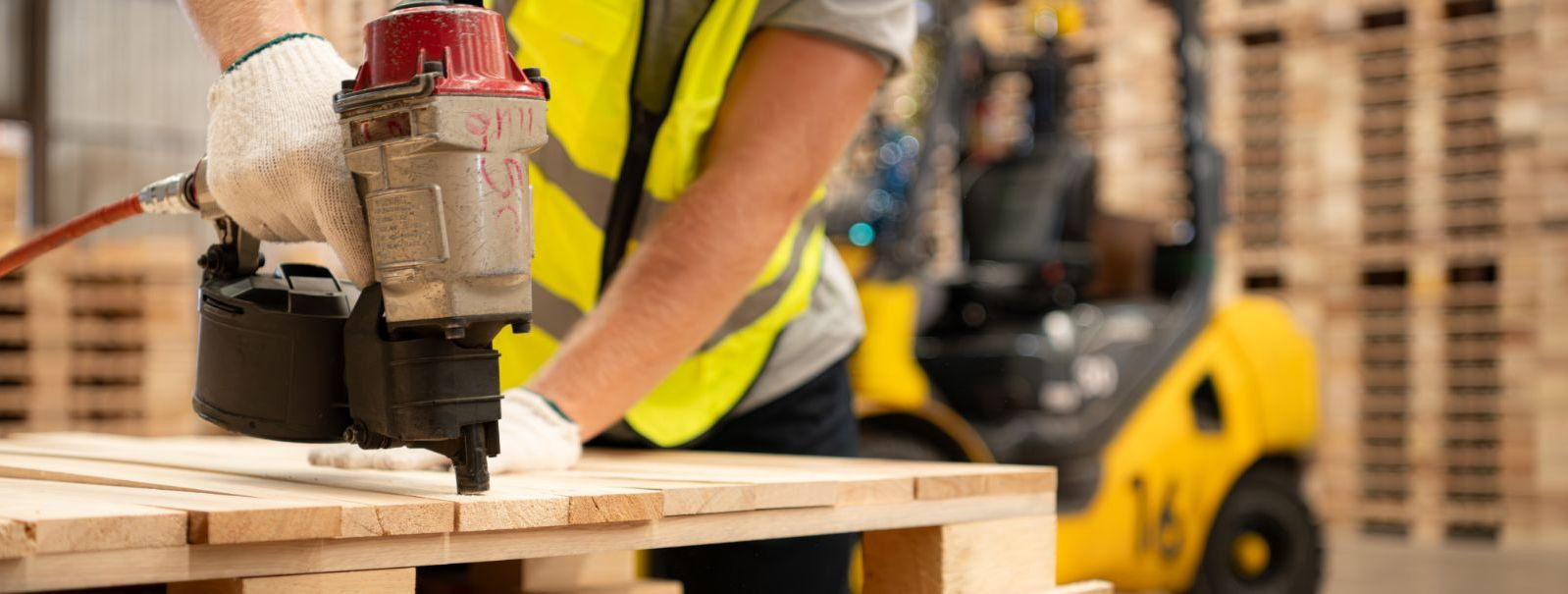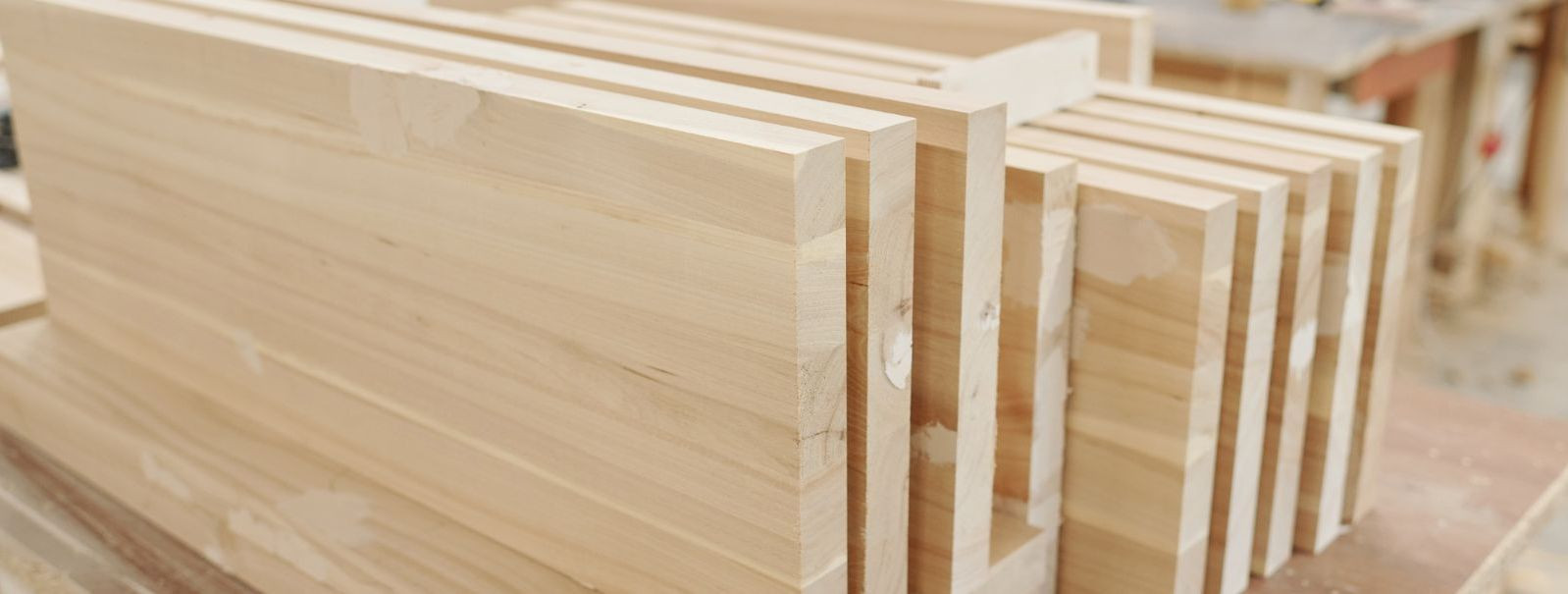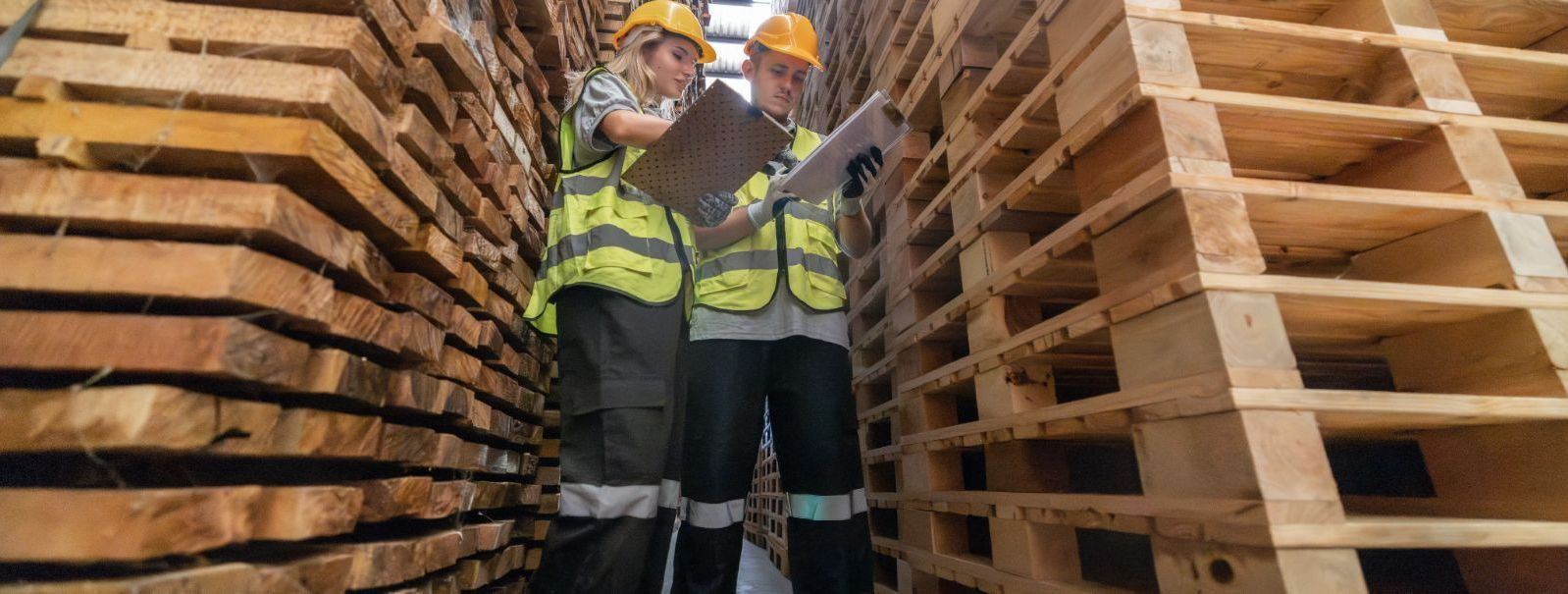5 reasons why base elevations are the foundation of modern architecture
Base elevations are the reference points set during the initial phase of construction that determine the height at which various parts of a building will be constructed. These benchmarks are crucial for ensuring that the entire structure is level and each floor is constructed at the correct height relative to the others.
Base elevations serve as the starting point for architects and builders, providing a guide for the entire construction process. They are essential for the planning and execution of modern architectural designs, which often feature complex geometries and require precise coordination between different building elements.
1. Precision and Accuracy in Construction
Accuracy in construction is non-negotiable. Base elevations ensure that every aspect of the building aligns correctly, preventing costly mistakes and structural issues. They are the blueprint for accuracy in the vertical plane, which is just as critical as the horizontal.
With the advent of modern technology, creating base elevations has become more accurate and efficient. Tools like GPS, laser scanning, and computer-aided design (CAD) software allow for pinpoint precision, which is indispensable in modern construction.
2. Enhanced Structural Stability
Base elevations are integral to the structural integrity of a building. By providing a level reference point, they ensure that load-bearing elements are properly aligned, which is vital for the stability of the structure.
3. Cost-Effectiveness and Efficiency
Proper base elevations can significantly reduce construction costs by minimizing the need for corrections during the building process. They streamline the workflow, allowing for a more efficient use of resources and labor.
Efficient construction processes are a direct result of meticulous planning and the use of base elevations. They allow for a smoother construction timeline, reducing delays and the potential for error.
4. Sustainability and Environmental Considerations
Base elevations support sustainable building practices by facilitating the use of materials and construction methods that minimize environmental impact. They contribute to the creation of buildings that are not only structurally sound but also environmentally responsible.
The longevity of a building is closely tied to its foundation. Base elevations ensure that the foundation is set correctly, which in turn affects the choice of materials and the overall lifespan of the structure.
5. Adaptability to Modern Design Trends
Modern architecture demands flexibility, and base elevations provide the adaptability needed to accommodate innovative designs. They are the groundwork that supports the creative vision of architects, allowing for dynamic and complex structures.
By establishing a solid base, elevations future-proof buildings against changes in design trends and construction techniques. They are the cornerstone that allows for adaptability and resilience in the face of evolving architectural demands.






Comments (0)